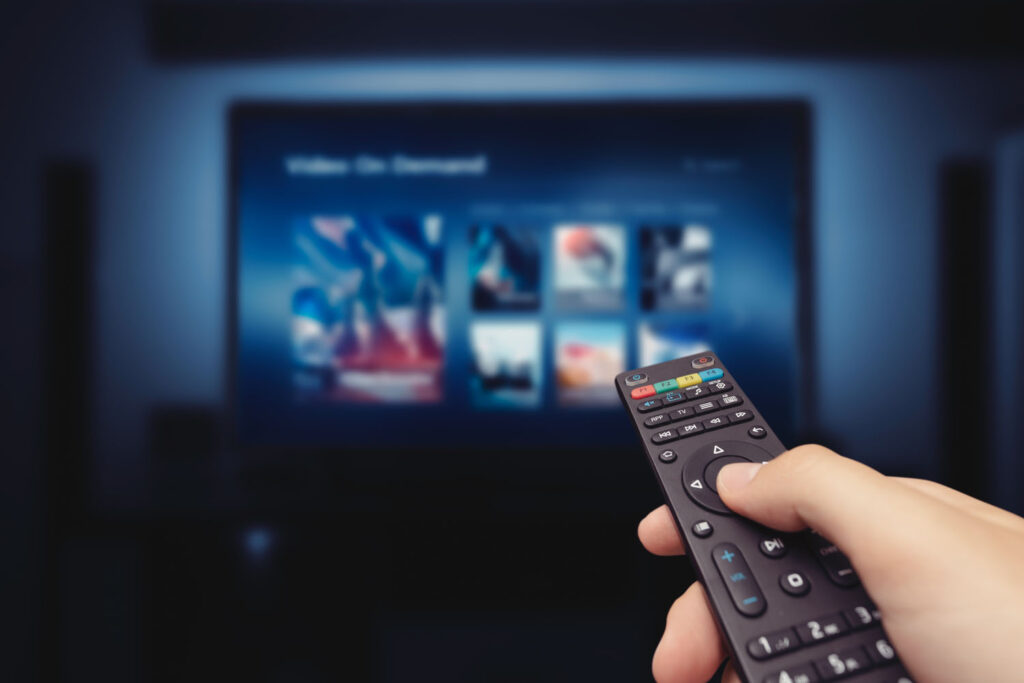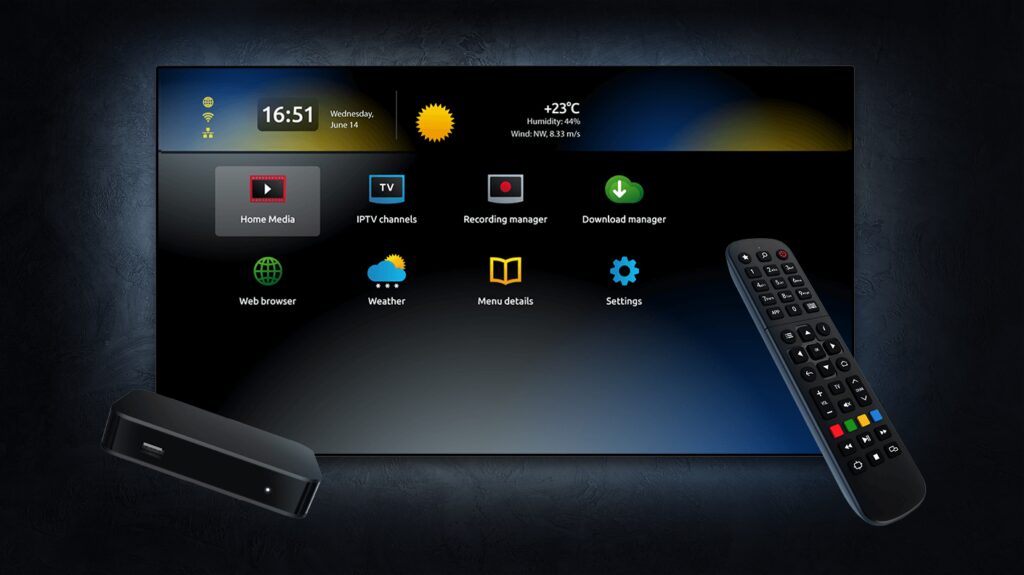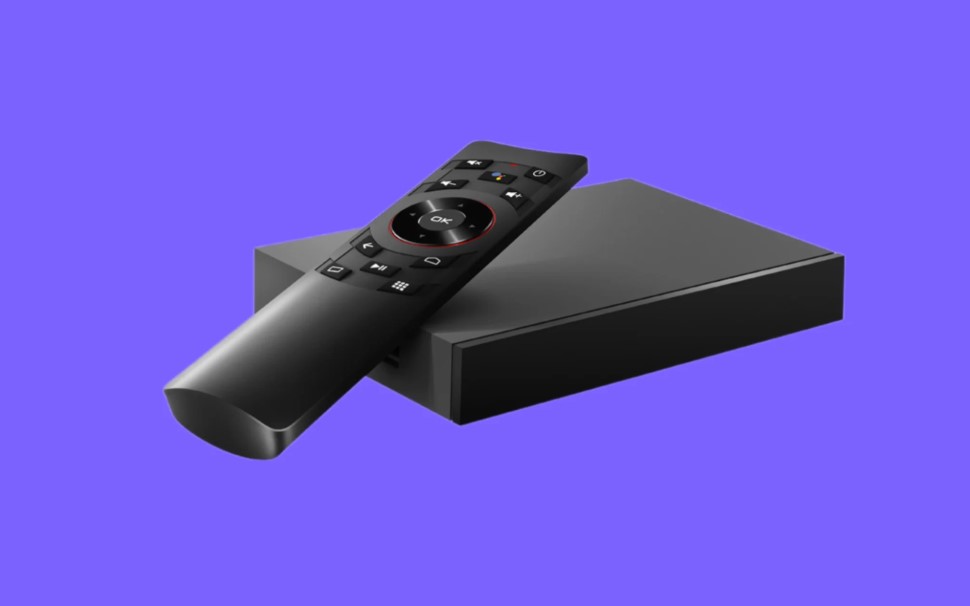IPTV (Internet Protocol Television) is transforming how people consume television by delivering live TV, on-demand content, and time-shifted programs directly through the internet. Setting up IPTV at home can provide unparalleled flexibility and access to diverse content, but ensuring a smooth installation requires proper preparation.
This guide outlines everything you need for a seamless IPTV installation, including essential tools, tips, and recommendations to avoid common pitfalls.
Essential Requirements for IPTV Installation
To get started, you need specific equipment and services that guarantee optimal performance. Here’s a breakdown of the essentials.
1. High-Speed Internet Connection
Since IPTV relies entirely on your internet connection, a stable and fast network is critical for smooth streaming.
- Recommended speeds:
- HD Streaming ─ At least 15 Mbps.
- 4K Streaming ─ 25 Mbps or higher.
- Connection type ─ Fiber-optic or cable broadband is ideal for consistent speeds.
- Data plan ─Choose an unlimited data plan to avoid overage charges due to heavy streaming.
If your internet connection is unreliable, upgrading your plan or router can drastically improve your experience.
2. Compatible Devices
IPTV works on a range of devices, making it a versatile entertainment option. Ensure you have one of the following:
- Smart TVs ─ Many modern TVs have built-in apps that support IPTV.
- Streaming devices ─ Amazon Fire Stick, Roku, or Apple TV are excellent options for older TVs.
- Mobile devices ─ Smartphones and tablets allow for portable streaming.
- Computers ─ Laptops and desktops can act as IPTV hubs with the right software.
3. Reliable IPTV Provider

Source: mehariptv.com
Selecting a trustworthy IPTV provider is crucial. Look for:
- Content variety ─ Ensure the service includes your desired channels, genres, and on-demand content.
- Reputation ─ Research reviews and customer feedback to avoid unreliable or illegal services.
- Support ─ Choose a provider with responsive customer support for technical assistance.
A licensed provider like NordicIPTV ensures a secure and uninterrupted viewing experience.
4. IPTV App or Media Player
To access IPTV services, you need a compatible app or media player. Some popular options include:
- TiviMate ─ Known for its user-friendly interface and customization options.
- VLC Media player ─ Ideal for basic streaming needs.
- Smart IPTV app ─ Popular for its compatibility with various devices.
Download and install the recommended app, then follow the instructions provided by your IPTV service to configure it.
5. IPTV Playlist or Subscription Credentials
Your provider will supply an M3U playlist or an activation code to unlock channels and content. These credentials must be added to your app or media player during setup.
- Keep credentials secure ─ Store your login details safely to prevent unauthorized access.
- Update regularly ─ Some playlists require periodic updates, which your provider should notify you about.
6. Quality Streaming Hardware
Investing in quality hardware can enhance your IPTV experience:
- Router ─ A high-speed router with dual-band capability ensures stable connections for multiple devices.
- Ethernet cable ─ For maximum reliability, use a wired connection instead of Wi-Fi.
- Streaming devices ─ Upgrade to a 4K-compatible device for better picture quality.
Reliable hardware minimizes interruptions and improves video quality.
Tips for a Hassle-Free IPTV Installation

Source: netacmion.gr
Installing IPTV can be straightforward if you follow these practical tips.
Test Your Internet Connection
Before starting, test your internet speed using an online tool. Ensure your network meets the minimum requirements for IPTV streaming. If speeds are inconsistent, consider upgrading your internet plan or investing in a signal booster.
Choose the Right Plan
Select a plan that matches your household’s viewing habits. For instance:
- Single-user plans ─ Ideal for individuals with basic needs.
- Family plans ─ Support multiple streams for households with diverse preferences.
- Premium plans ─ Include additional features like 4K resolution or time-shifted viewing.
Trial periods can help you evaluate a plan before committing long-term.
Follow Setup Instructions Carefully
Each IPTV provider has unique installation requirements. Follow their instructions step-by-step to avoid errors. If you encounter issues, contact customer support for guidance.
Optimize Your Device Settings
Adjust your device’s settings to enhance your experience:
- Video quality ─ Set the resolution to match your device and internet speed.
- Favorites list ─ Organize frequently watched channels for quick access.
- Parental controls ─ Enable restrictions to filter age-appropriate content.
Customizing these features ensures a tailored viewing experience.
Avoid Overloading Your Network
Streaming on multiple devices simultaneously can strain your internet connection. Limit background downloads or upgrades during peak streaming hours to maintain smooth playback.
Update Apps and Firmware
Keep your IPTV app and device firmware updated to access the latest features and bug fixes. Regular updates improve performance and security.
Common Challenges and How to Overcome Them

Source: en.cdr.pl
Even with preparation, you might encounter some challenges during installation. Here’s how to address them:
1. Buffering and Lag
Solution ─ Check your internet speed, switch to a wired connection, or reduce the video resolution to match your bandwidth.
2. App Compatibility Issues
Solution ─ Confirm that your app works with your device. If not, switch to an alternative app recommended by your provider.
3. Playlist Errors
Solution ─ Double-check that you’ve entered the correct credentials or contact your provider for updated playlist links.
FAQs
Can I Install IPTV Without a Smart TV?
Yes, you can use streaming devices like Amazon Fire Stick, Roku, or Apple TV to access IPTV on non-smart TVs.
What’s the Best Internet Speed for IPTV?
For HD streaming, 15 Mbps is sufficient, while 25 Mbps or higher is recommended for 4K quality.
Do I Need Special Equipment for IPTV?
A stable internet connection, compatible device, and streaming app are the primary requirements. Additional hardware like a router or Ethernet cable can improve performance.
Are Free IPTV Apps Reliable?
Free apps can be unreliable and may lack essential features. Opt for paid or licensed options for a better experience.
Can I Watch IPTV on Multiple Devices?
Many providers offer multi-device streaming, but this depends on your subscription plan. Check with your provider for details.
Conclusion
A smooth IPTV installation starts with proper preparation and reliable equipment. By ensuring a stable internet connection, choosing the right provider, and using compatible devices, you can enjoy an uninterrupted and personalized entertainment experience. With these tips and gear recommendations, your setup will be hassle-free, transforming how you watch TV at home.













